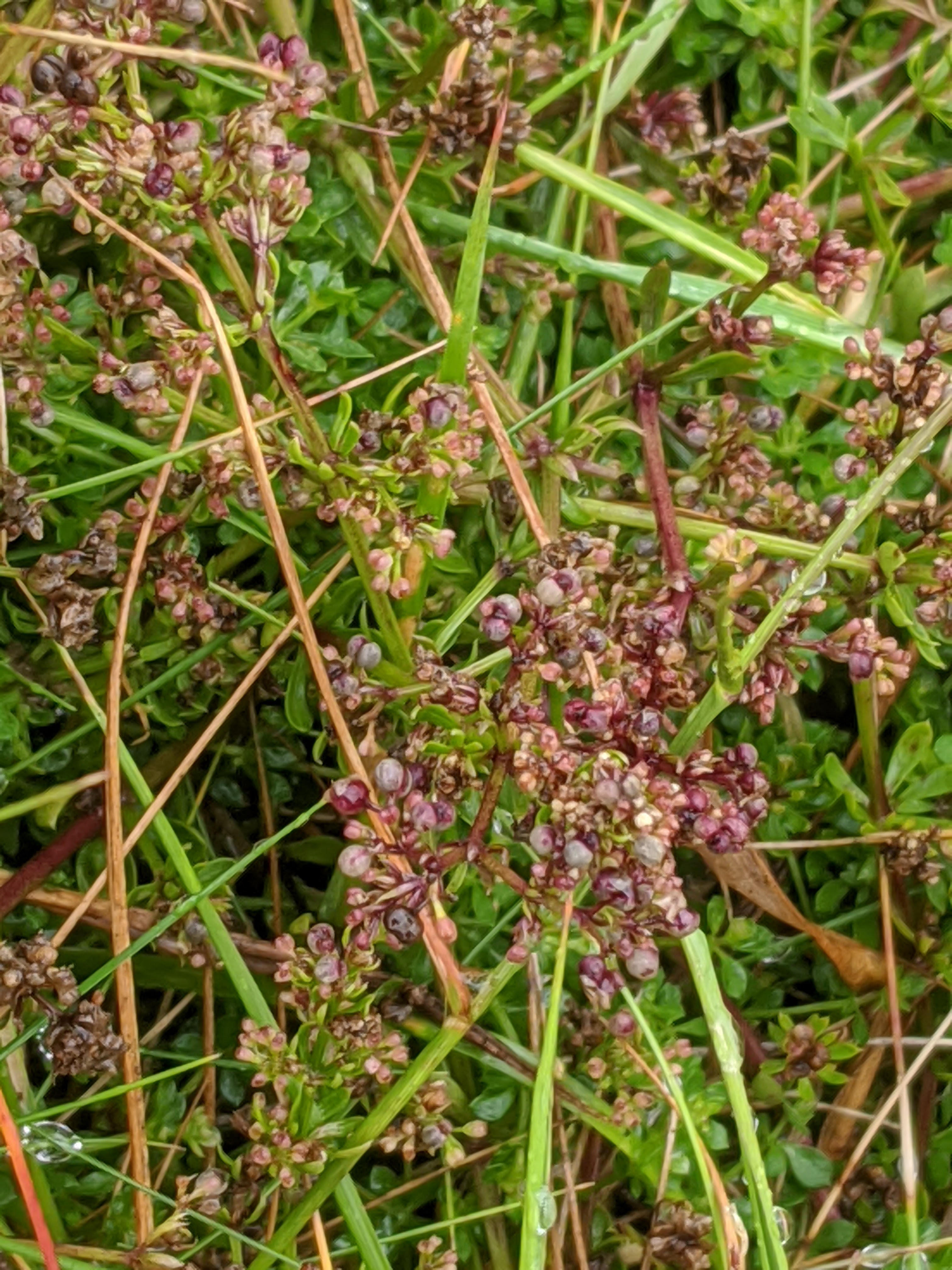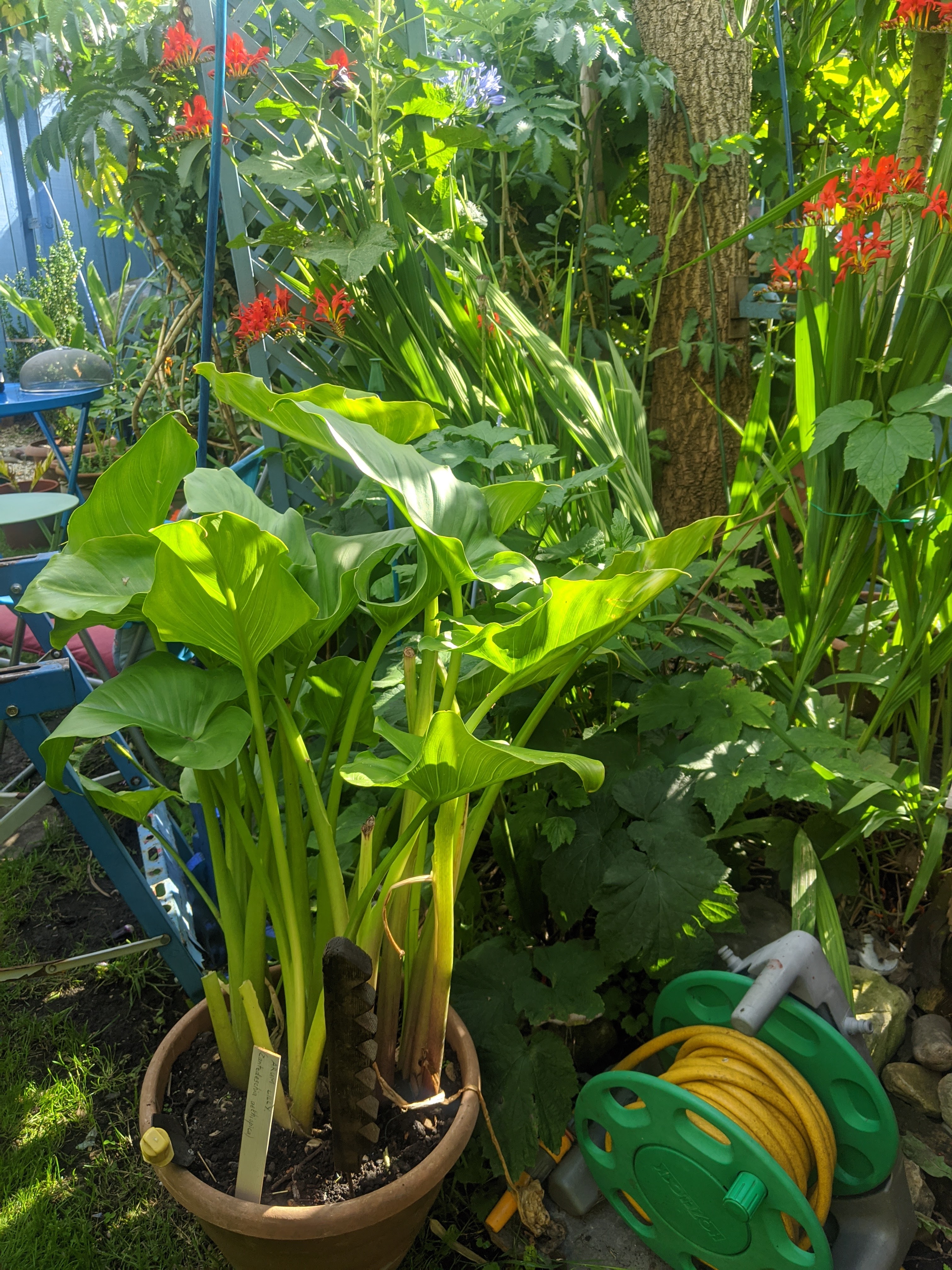
Had the strangest experience last night as I settled down to identify a grass that I’d gathered on our walk to Sham Castle (yesterday’s posting). There must have been something about it that caught my eye, because when I opened the polythene bag that I carry around with me – just in case – there was another identical sample inside that I’d forgotten about. So why was this particular species of grass- which turned out to be (I’m pretty sure) common bent – Agrostis capillaris – speaking to me so loudly?
If you’ll allow me a tiny digression, the microscope has been a wonderful help with grasses, but also with random bits of unspeakable things like earwax which turn out to be pretty interesting as well! Anyway, the bent grass, to get back to the point. The thing about it was that it seemed to be carrying an inordinate amount of emotional freight with it. The pursuit of grasses has been as much an intellectual challenge as anything else. I’m trying to know them well enough to identify them confidently, simply because I was challenged by someone I respect greatly and I love a challenge.
So on the microscope I went through the increasingly familiar routine, much helped by the BSBI webinar material, and then keyed the sample out and there it was; one of two possibilities and in the end I plumped for common bent. And that might have been the end of the story if I hadn’t been mulling it all over in the early hours of this morning during that half awake, half asleep time that’s so full of lateral thoughts and unexpected revelations, and it became clear to me that I needed to go to Rodway hill.
If it weren’t for Rodway Hill, or Rodway Common as it’s also known my life would have been radically different. It was a place of powerfully charged moments. I had a strange, almost religious experience there as a young teenager when I once laid down on the grass and moments turned into infinite time. It was the first, but not the last of my experiences of what came to be known as the oceanic state. At a much more mundane level it was the place that Rogers’ Fair set up one warm summer evening and I first heard the Everly Brothers in a moment charged with eroticism, generators and diesel fumes. It was there with Madame that we once gathered 40lbs of blackberries with which we made dreadful chutney. It was where I went to school and it was the view from the window that sustained me through hours of tedium. It was the territory of my adolescence and so everything about it must have become charged with significance. And the common bent had something to do with it and so I dragged Madame over there in torrential rain this morning to get some photographs and to track down the ghostly presence.
It was a pretty scary experience – I felt a bit silly chasing down the bizarre idea that I am somehow connected to that landscape. Even as we set out I was wondering if the landscape was acting as an immaterial hard drive; if it could be possible that some of my memories were held there waiting for me to reclaim them. But however mawkish and stupid it might sound, the moment we set foot on the common they were there waiting for me.
I’d already done a bit of research into the surface geology of the area and I couldn’t find any real connection between the calcareous soil up on the Skyline walk and the mildly acidic soil on Rodway common, but either plants don’t read textbooks or they’re far more adaptable than we think, because there was the grass, the grass I once laid down next to and lost myself; the grass through which the wind would flow with a silvery kind of sound if you listened carefully enough. But there was more, because the harebells were still there and then in a proper flow moment I found woodruff – Galium odoratum one of the bedstraws and what I think was blinks – Montia fontana which I can’t remember ever noticing before. The gorse and the bracken were all there in abundance too; despite being surrounded now by a six lane circular road and thousands of new houses but the school and the common have survived. It was an extraordinary moment – to be there in the rain, reconnecting with my very young self and being able to name at least some of the plants that had lodged in my unconscious mind.
Of course the downside of the avalanche of feelings and memories was the thought that I might have been a complete weirdo as well, but there we are – Madame must have found something tolerable in me, (although she occasionally reminds me about her patience and forbearance in staying put!).
But if anything comes out of this strange day, it’s the extension of the notion of hefting that I’ve written about before. As I looked across the common, which is smaller than I’d remembered, I could see in an instant that the landscape is marked by what the Mendip people call gruffy ground. For whatever reason, whether surface mining took place there? – since it’s within the South Gloucestershire coalfield and there are records of a coal mine in Mangotsfield; or perhaps quarrying for stone? – all the local walls are built with that kind of sandstone, or whatever other reason. It doesn’t matter. The poor soil, delicate grasses, the pockmarked ground have become a sort of default in my mind and in the most peculiar way they hold me and I still seek them out like a sheep turned out on to the hill in the summer. Everything changes and nothing changes.
On the way home we took a detour past my old home which, ironically, is at the other end of the Bristol Bath cycle path; the other end of the same old railway line that still passes today. It looked much the same with new windows. Mr King’s allotment which was at the bottom of the garden over the tunnel entrance is now completely overgrown but can never be built on. No-one will ever re-create what he did, an old retired miner who would walk five or six miles to Parkfield in the morning and walk halfway home underground; his allotment was the paradisiacal vision that drives the Potwell Inn.
































































